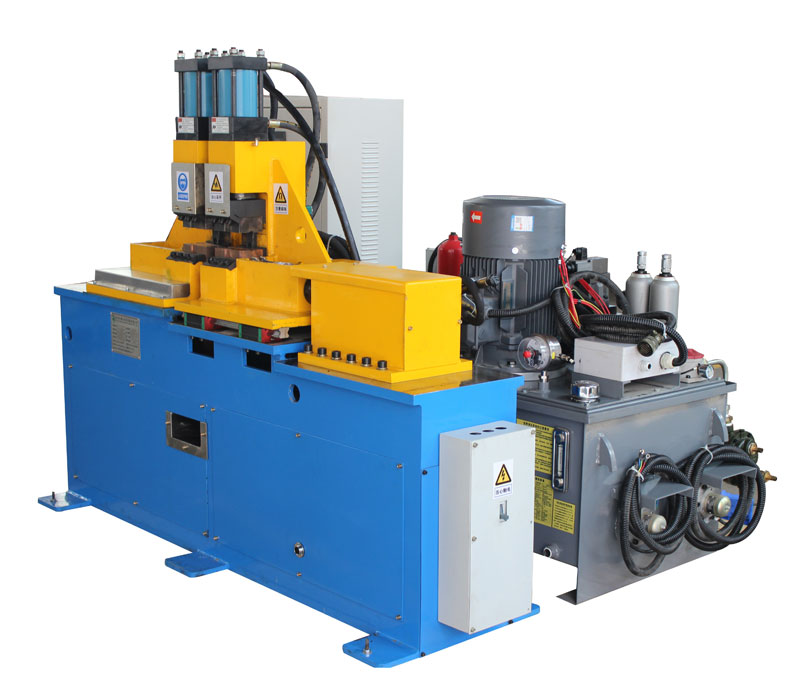Flash butt welding is a crucial process in various industries, especially in the fabrication of rail tracks, automotive components, and aerospace structures. Ensuring the quality of weld joints in flash butt welding is of paramount importance, as these joints must meet strict performance and safety standards. In this article, we will discuss the key requirements for achieving high-quality weld joints in flash butt welding machines.
- Material Selection: Choosing the right materials for the welding process is the first step in ensuring the quality of weld joints. The materials should have compatible properties and be free from defects that can compromise the strength of the joint. The composition, grain structure, and cleanliness of the materials play a significant role in the overall weld quality.
- Precise Alignment: Proper alignment of the workpieces is critical for achieving a high-quality weld joint. Misalignment can result in poor fusion and weak joints. Flash butt welding machines should be equipped with precise alignment mechanisms to ensure that the workpieces are perfectly aligned before the welding process begins.
- Control of Welding Parameters: Controlling welding parameters such as current, pressure, and time is essential for achieving the desired quality of weld joints. The parameters must be set according to the material properties and thickness of the workpieces. Variations in these parameters can lead to defects such as undercuts, cold laps, or excessive heat-affected zones.
- Heating and Forging: Flash butt welding involves a combination of heating and forging to create a strong and reliable joint. The heating phase softens the material, making it more malleable, while the forging phase forms the joint. The balance between these two phases is critical, and the welding machine must have precise control over them.
- Quality Inspection: After the welding process is complete, a thorough inspection is necessary to ensure the integrity of the weld joint. Non-destructive testing methods, such as ultrasonic testing or radiographic inspection, can identify any hidden defects or irregularities in the joint. Any imperfections should be addressed promptly to maintain the quality of the weld joint.
- Post-Weld Heat Treatment: In some applications, post-weld heat treatment may be required to relieve residual stresses and improve the mechanical properties of the joint. This step can be essential for ensuring the long-term durability and reliability of the weld joint.
- Documentation and Traceability: Maintaining comprehensive documentation of the welding process is crucial for traceability and quality assurance. Records should include details of materials used, welding parameters, inspection results, and any post-weld treatments. This documentation helps in identifying the source of any issues and ensures accountability throughout the welding process.
In conclusion, achieving high-quality weld joints in flash butt welding machines involves careful consideration of material selection, precise alignment, controlled welding parameters, thorough inspection, and proper documentation. Meeting these requirements is essential for ensuring the safety and reliability of welded components in various industries.
Post time: Oct-28-2023








